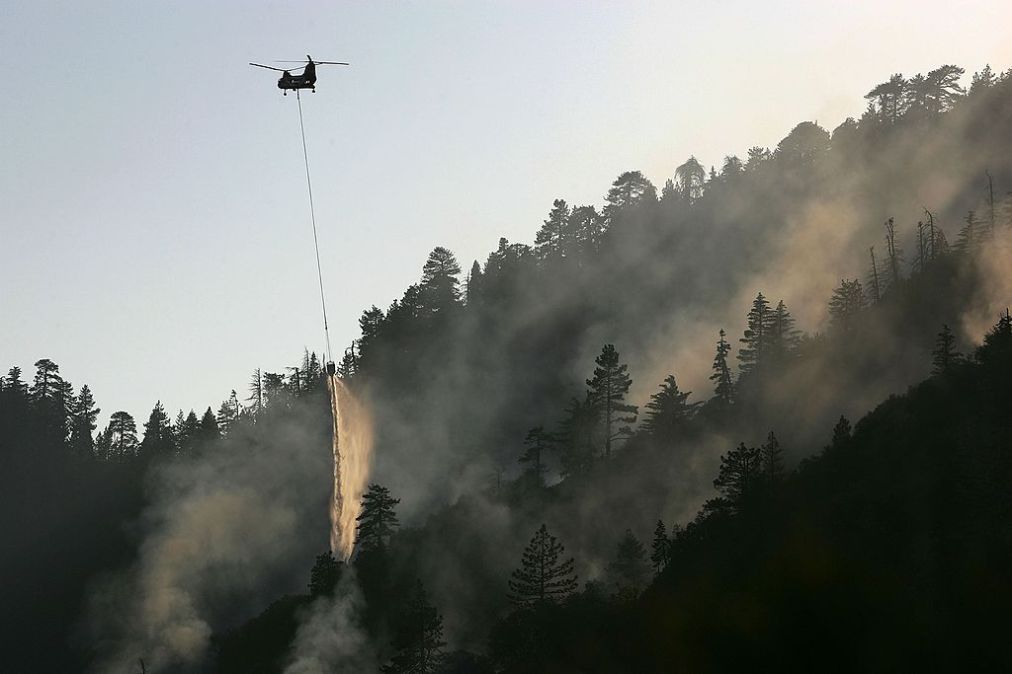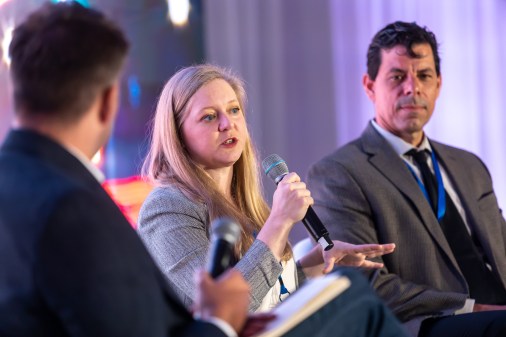USDA set to grow its ‘strategic’ RPA program in fiscal 2022

The U.S. Department of Agriculture’s Robotic Process Automation Branch expects to grow its number of automations in fiscal 2022 with 29 more in development, according to Branch Chief Lattrice Goldsby.
Goldsby estimates the automations will achieve close to $2.5 million in cost avoidance and save about 78,000 work hours annually starting in the first quarter, she told FedScoop.
That’s in addition to the 66 automations already in production — representing $5.37 million in cost avoidance and about 156,000 work hours saved annually — fast becoming a key piece of USDA‘s digital transformation.
“RPA is absolutely recognized as strategic, not only at the Office of the Chief Information Officer level but at the department level,” Dave Peters, associate CIO at USDA’s Digital Infrastructure Services Center, told FedScoop. “As the new leadership has come on board, this is one of the programs that’s really gotten a lot of positive attention because of the strong financial and operational results.”
USDA’s nine-step governance process begins with a value assessment submitted to the RPA Center of Excellence for review. Part A covers basic information about the automation and the anticipated return on investment (ROI), while Part B constitutes a second meeting addressing whether the data being processed is structured or unstructured, optical character recognition is needed, and the automation will be attended or unattended.
One of USDA’s in-production automations will help the U.S. Forest Service process invoices faster to pay vendors on the fly when it’s fighting wildfires in the field. Optical character recognition (OCR) will read the invoices and consolidate the data they contain into a file input into the agency’s processing system.
USDA began the project this quarter and is currently working with a subject matter expert (SME) and the process owner, the U.S. Forest Service, to document the current and intended processes. A process definition document (PDD) will be developed and handed off to developers once the business owner, where the project funding comes from, signs off — a process that takes four to six weeks. From there the automation will take nine to 12 weeks to develop, with an estimated reduction in 5,000 to 10,000 work hours annually upon completion.
USDA’s goal is to then take the automation enterprisewide, Goldsby said. Department automations are a mix of centralized, where a vendor develops them for USDA, and federated, where an agency either hires a contractor to create the RPA or does so in house.
The department launched a Bot Tracker in 2019 to document all its automations.
“We have every automation at the intake, development or production stage logged into our catalog,” Goldsby said. “So we can easily access data and information that is pertinent when it’s requested at a given moment.”
That data includes process names; descriptions; types; the mission area, agency and division they were developed on behalf of; and the return on investment. All the data is displayed in a dashboard to help senior leaders make decisions and other agencies reuse the code.
Goldsby is active in the federalwide RPA Community of Practice. Through her involvement, USDA partnered with the General Services Administration and successfully piloted the latter’s contractor Data Universal Numbering System (DUNS) number automation. The RPA application allows contracting staff to put a DUNS number, an identifier for vendors doing business with the federal government, in an email and receive back a list of eligible contractors for a request for quotation.
USDA is working to set up an attendant so the entire department can use the RPA and hopes to partner with GSA on similar projects in the future, Goldsby said.
A common criticism of RPA automations is they break easily.
“We did find that if something moves on a website, or a URL is changed, that a bot will break of course, so the way we are dealing with that is we have an RPA operations and maintenance service that we provide our customers that they can sign up for,” Goldsby said. “We monitor their automations on a daily basis for any breaks, and if their automation does break, we automatically get a notification sent to my team’s remedy mailbox, where we’ll pick up that ticket and begin looking at where the error came from.”
The department’s one-year-old operations and maintenance (O&M) service can usually fix a break within a couple of hours, test and redeploy the automation. Major changes to an interface break RPA in ways that take longer to fix because they require working with the process and application owners.
An O&M service was absolutely needed with so many automations going into production, and the service has added professional service hours to add code to automations,” Goldsby said.
Still there’s no better fix than getting things right the first time.
“What we always do mainly is to build a good RPA to begin with, so they don’t fail,” Goldsby said. “If an RPA does fail, it’s primarily due to something being changed within the application that it’s integrated with, and definitely the benefits outweigh not automating a business process.”

This story was featured in FedScoop Special Report: Digital Transformation - A FedScoop Special Report




